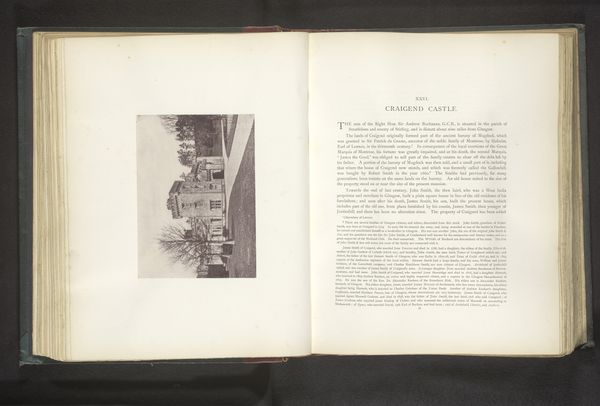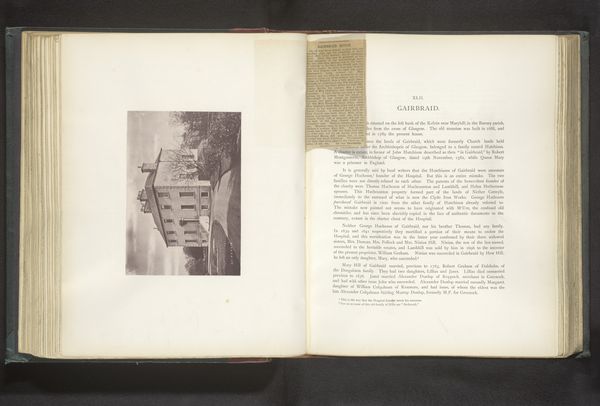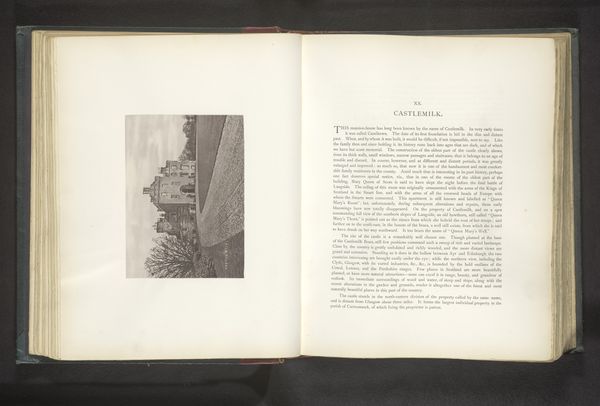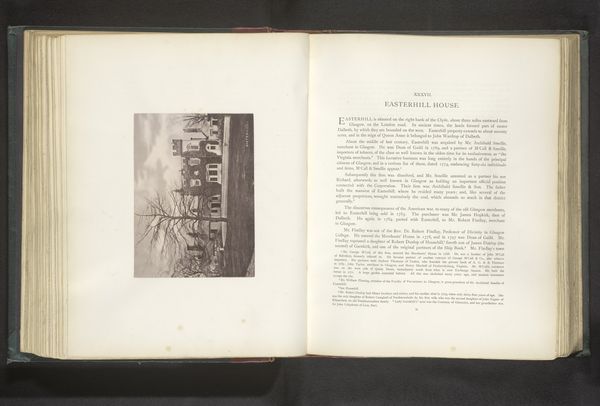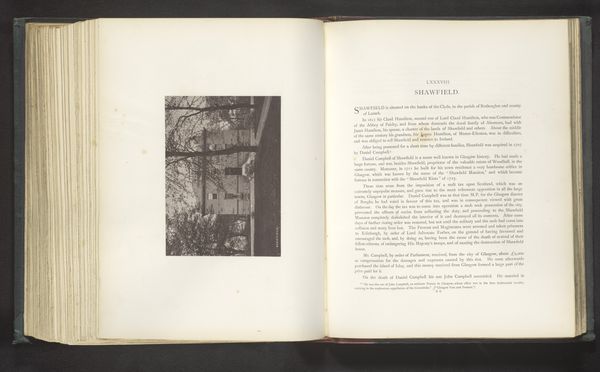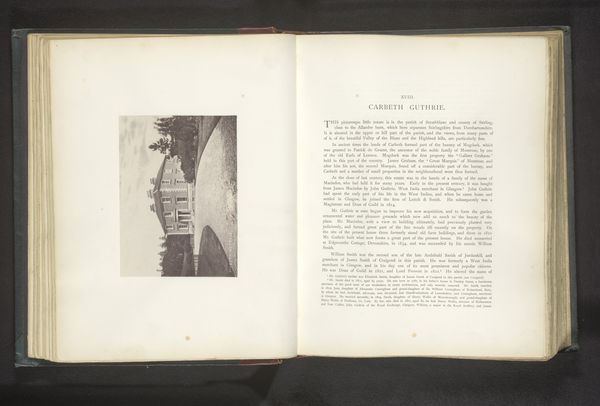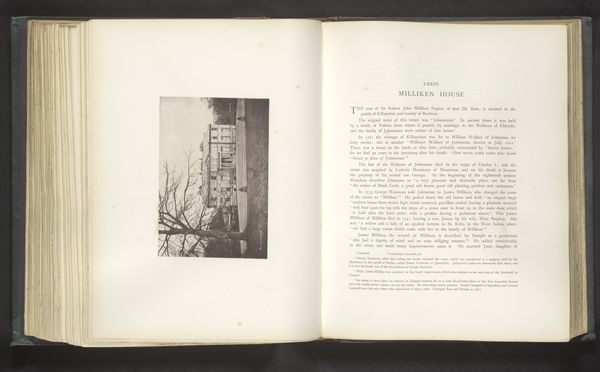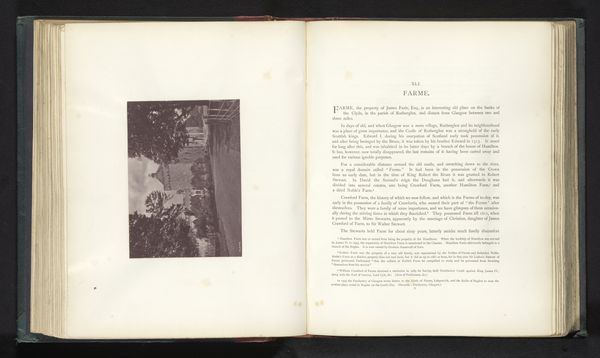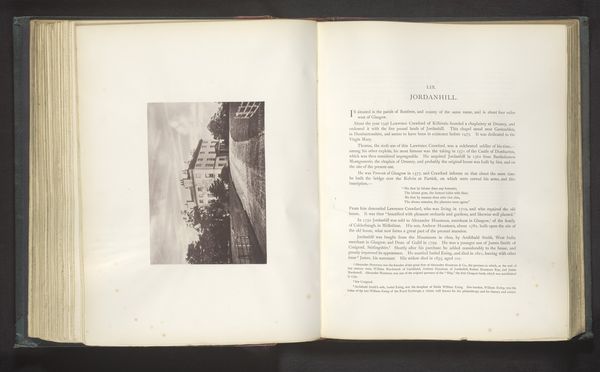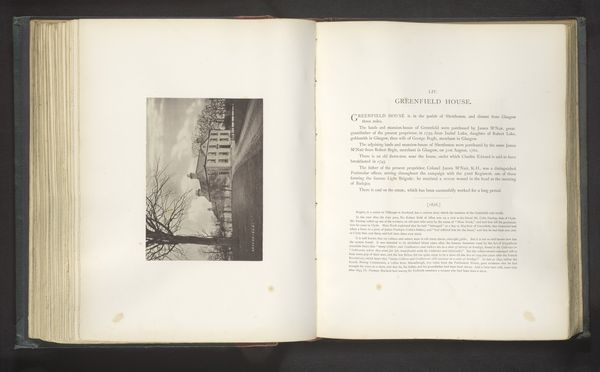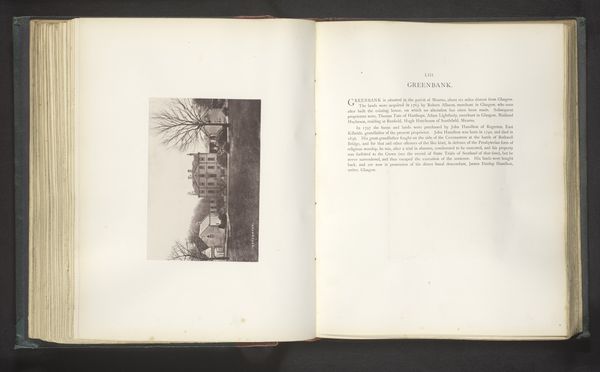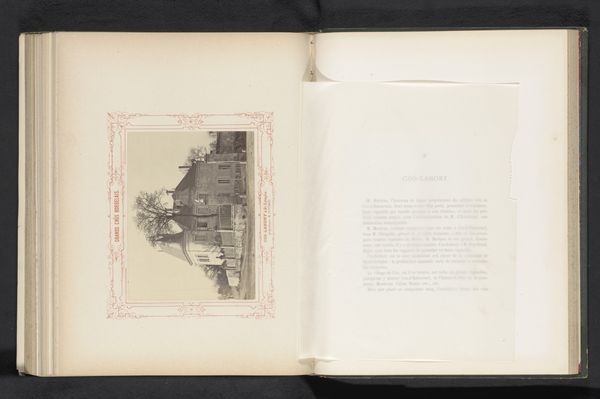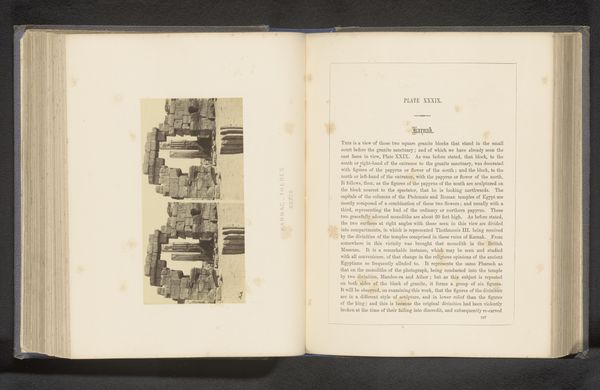
print, photography
# print
#
photography
#
building
Dimensions: height 115 mm, width 160 mm
Copyright: Rijks Museum: Open Domain
Editor: Here we have Thomas Annan's photograph "Househill," dating from before 1878. It appears to be part of a bound volume. The photograph itself has a stark, almost haunting quality. What do you see in this piece, particularly regarding its historical context? Curator: This image invites us to consider the complex relationship between representation, power, and memory. Annan’s photographs, especially those documenting Glasgow, often intersected with narratives of social reform and urban development. The depiction of Househill, a seemingly detached and serene estate, might obscure the social dynamics at play. How does the framing – its very placement within the bound volume you mentioned – influence how we understand the relationship between the inhabitants of this estate, and the broader social and political landscapes? Do you feel it creates a sense of exclusion or privilege? Editor: That's interesting. I hadn’t considered the element of privilege so overtly. Perhaps its presentation isolates it, distancing it from any potential context. Do you think that photography at this time played a role in reinforcing existing power structures? Curator: Absolutely. Photography, like any technology, can be used to document, to expose, but also to reinforce dominant ideologies. The seemingly objective nature of the photograph can mask the photographer's choices, and in turn, reinforce a particular worldview. This image then becomes a signifier of the landed gentry's enduring presence and influence, especially when considering the rapid industrialization and urbanization of Scotland at this time, creating disparities. What tensions do you think a photograph like this reveals? Editor: It's now clear that the tranquil facade presented is not the full story. I am considering the impact of the emerging middle class. So this building stands as a stark marker for that tension of what class held power. It goes beyond aesthetics; it's a statement. Curator: Precisely. Thinking critically about the historical context challenges us to see beyond the picturesque and question what narratives are being privileged, and what realities are being concealed. Thanks for expanding the discussion beyond a pure architectural perspective.
Comments
No comments
Be the first to comment and join the conversation on the ultimate creative platform.
